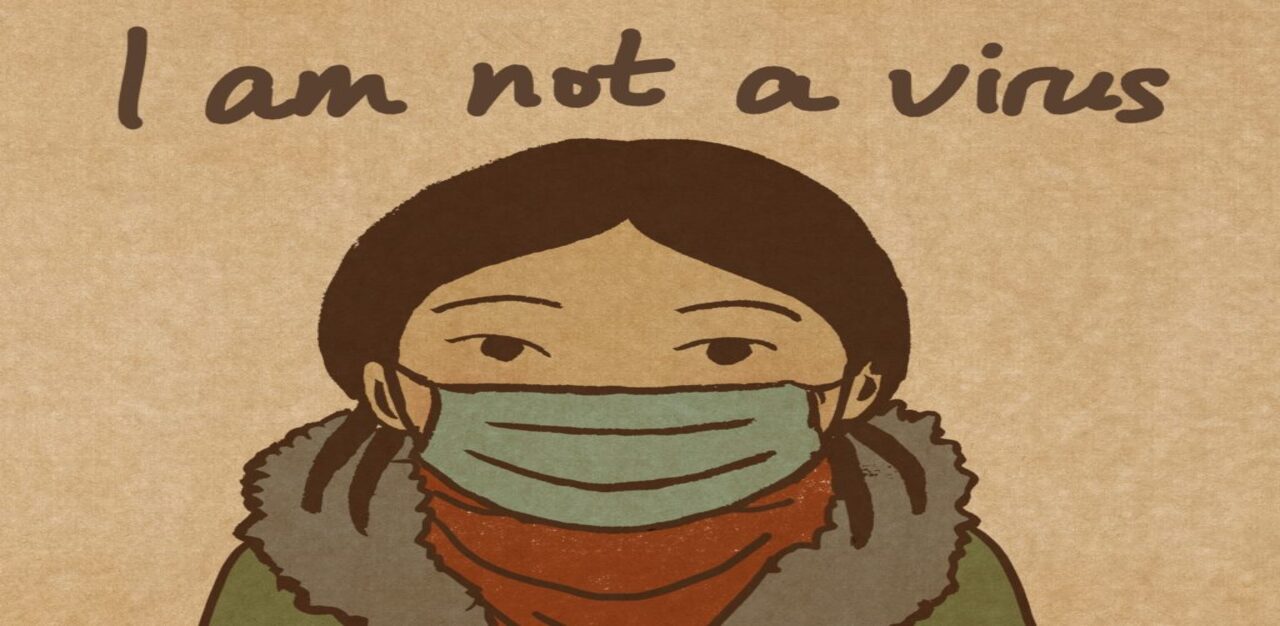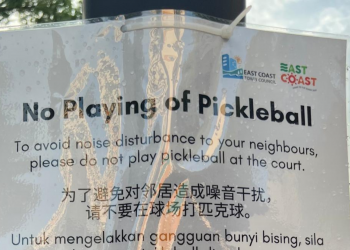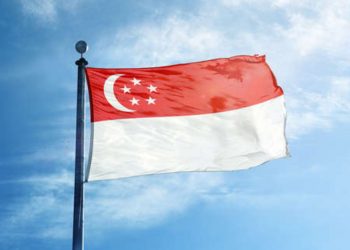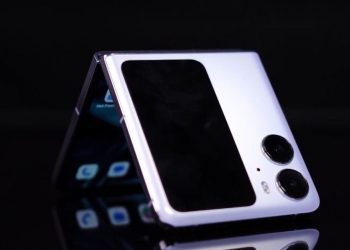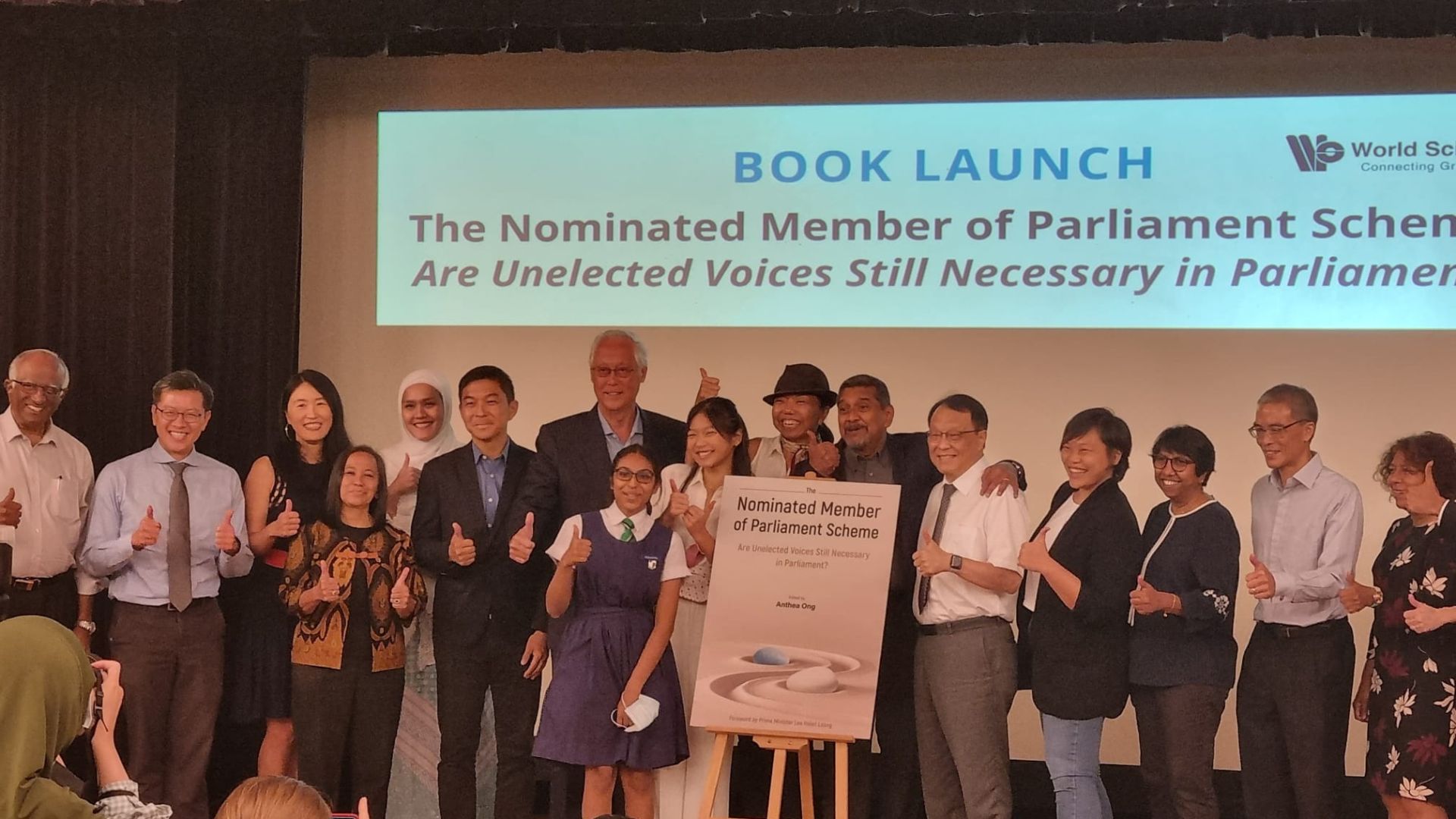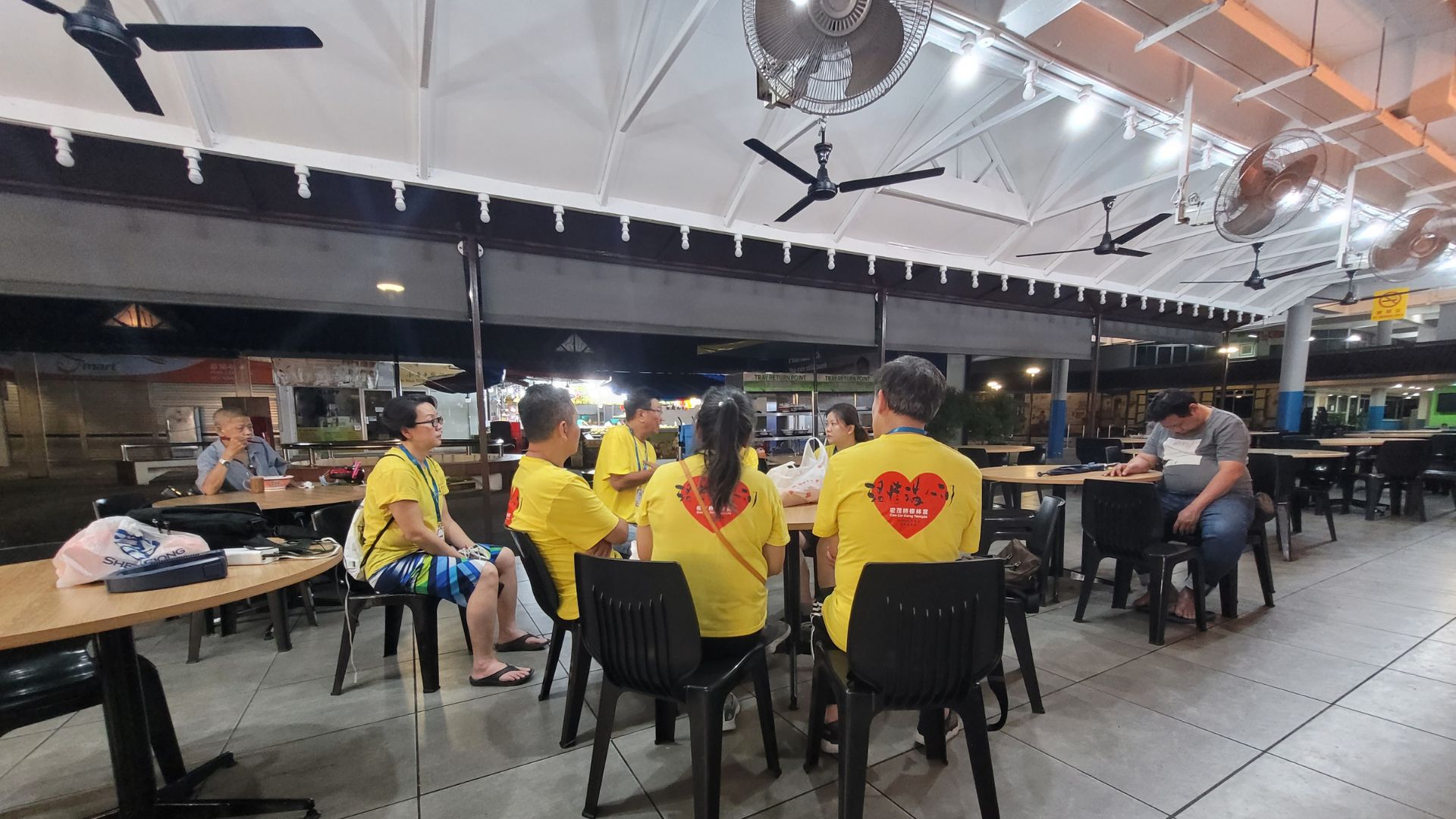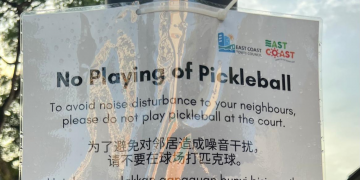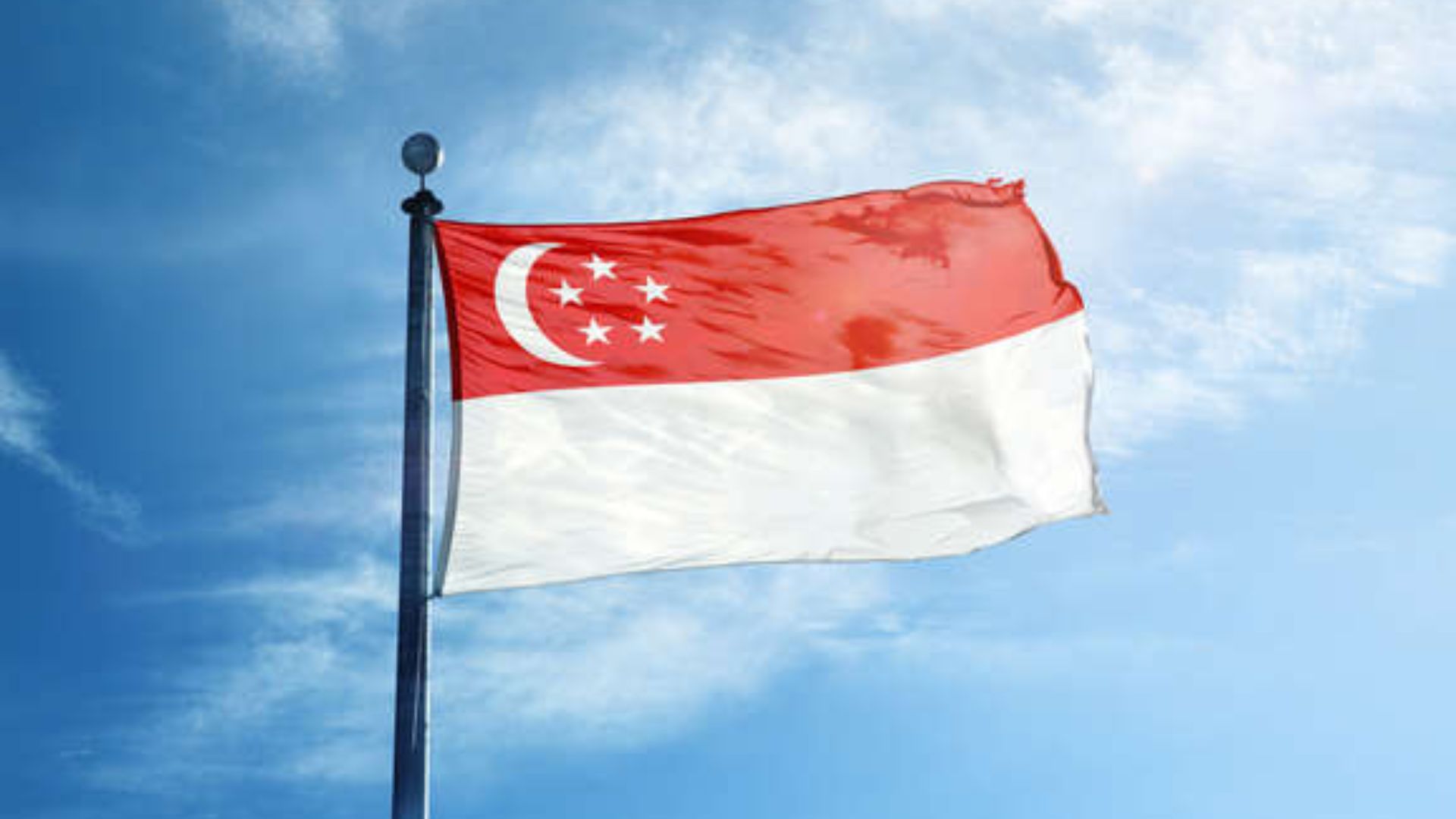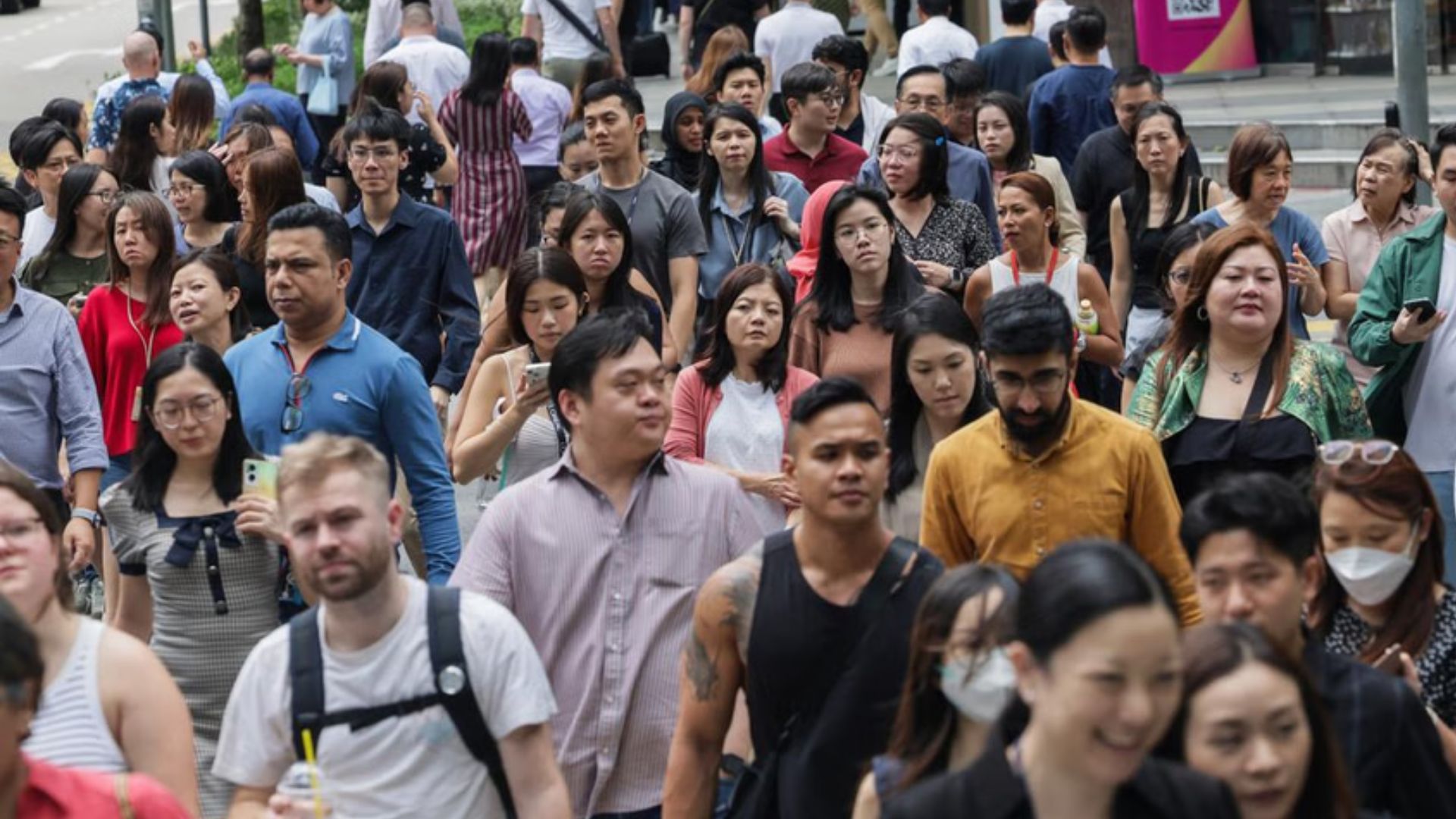As anti-Asian hate crimes spike sharply in the U.S. and around the world, TheHomeGround susses out the reasons behind the rise in xenophobia and the lukewarm response from the fashion industry.
The appalling events of the past few weeks have made startlingly clear that the novel coronavirus isn’t the only pernicious pathogen spreading rapidly across the globe – a wave of anti-Asian hatred is sweeping over and beyond the United States, leaving a trail of devastation in its wake.
According to the New York Police Department, crimes motivated by anti-Asian sentiment jumped a staggering 1,900 per cent in the past year, while non-profit organisation Stop AAPI (Asian American and Pacific Islander) Hate received over 2,800 first-hand accounts of anti-Asian hate incidents between March and December 2020.
The recent spate of violent attacks include the fatal assault of 84-year-old Thai American Vicha Ratanapakdee in San Francisco, the slashing of 61-year-old Filipino American Noel Quintana in Manhattan, and the deadly stabbing of 46-year-old Chinese American Yong Zheng in Brooklyn, among others. That’s besides the innumerable instances of Asian Americans getting verbally harassed, spat on, shunned, robbed and more, many of which go unreported.
Worryingly, this surge in anti-Asian racism isn’t limited to the USA. Since the onset of the COVID-19 pandemic, acts of bias related to sinophobia have spiked sharply around the world. In the Land Down Under, the Asian Australian Alliance recorded 377 hate incidents over a 47-day period from April to June 2020, while race-related crimes rose by 717 per cent last year in Vancouver. A couple of weeks ago, a Japanese citizen was badly burned in an acid attack in Paris.
Singaporeans would likely also be familiar with the story of Jonathan Mok, an overseas student who was physically assaulted by a group of British teenagers along London’s Oxford Street in February 2020. One of the youths had shouted, “I don’t want your coronavirus in my country”, before punching Mok so brutally he had to undergo facial surgery to treat his injuries.
The myth of yellow peril
These globe-spanning incidents highlight an unsettling truth – yellow peril is alive and kicking, even among the supposedly “woke” societies of the West. Coined in the 1800s, the term “yellow peril” (also “yellow terror” and “yellow spectre”) refers to the erroneous belief that East Asians (in particular, those of Chinese descent) pose an existential threat to white Western power, values, social order and culture.
The concept of yellow peril has been used to justify everything from colonialism and war to forced internment and anti-immigration policies, and lurks behind the macro- and microaggressions that countless individuals and communities have had to endure through the centuries.
In the current climate of widespread fear and hysteria, yellow peril has once again reared its ugly head, bringing the long-simmering undercurrent of anti-Asian bias to a boiling point, and turning anyone and everyone who appears “Oriental” into scapegoats for the COVID-19 crisis. Adding fuel to the fire is the loaded language often used in reference to the pandemic, namely, race-baiting labels like the “Chinese Virus”, “Wuhan Virus”, “Kung Flu”, “Virus Chinois” etc.
The power of words
Ex-POTUS Donald Trump relied heavily on such slurs in public speeches and on social media – despite, rather ironically, the fact that SARS-CoV-2 doesn’t discriminate along racial or ethnic lines – in a continued effort to deflect the blame for his inept handling of the virus in its early days, with dire consequences. Research by Stop AAPI Hate has revealed a direct correlation between Trump’s xenophobic rhetoric and the exponential increase in hate speech and hate violence against Asian Americans. What’s more, studies have shown that, much like a virus, racial bias can actually be contagious, meaning that the incendiary epithets wielded by Trump might well have sparked a firestorm that is now raging beyond the borders of the United States.
This is not to suggest that the finger should be pointed solely at Trump, since playing the blame game evidently does more harm than good, nor is it to suggest that the Chinese government is above reproach, since the authorities indubitably made missteps in how they dealt with the coronavirus outbreak. But it is a stark reminder that, contrary to that oft-quoted idiom (you know, the one that goes, “sticks and stones may break my bones… ), words have the power to hurt, to harm, and even to kill.
And the same applies to the absence of words, because when it comes to racism, staying silent is just as deleterious as employing prejudicial rhetoric. Many of us learned that the hard way with the tragic deaths of George Floyd, Breonna Taylor, Ahmaud Arbery, Alton Sterling and a far-too-long list of innocent Black Americans. But has the lesson of “silence is compliance” really sunk in? Sadly, it seems the opposite is true, at least in the fashion industry.
The (lack of) concern over anti-asian violence
Following the barrage of hate crimes in recent weeks, a handful of fashion brands, designers, editors and influencers have taken a stand against anti-Asian racism. But, tellingly, only a handful – and the majority of them are of Asian descent. Designers Phillip Lim, Prabal Gurung and Laura Kim were among the first to speak out on Instagram, along with fashion insiders Eva Chen, Susie Lau (aka Susie Bubble), Bryan Grey Yambao (aka Bryanboy), Tony Liu (aka Diet Prada), Chriselle Lim, Michelle Lee and Tina Leung. Since then, several brands have also voiced their solidarity by posting the hashtag #StopAsianHate on social media, including Valentino, Versace, Oscar de la Renta and Monse (both helmed by Laura Kim and her partner Fernando Garcia), Carolina Herrera, Kate Spade New York, Tory Burch, Calvin Klein, Tommy Hilfiger, Nike, Adidas and Converse.
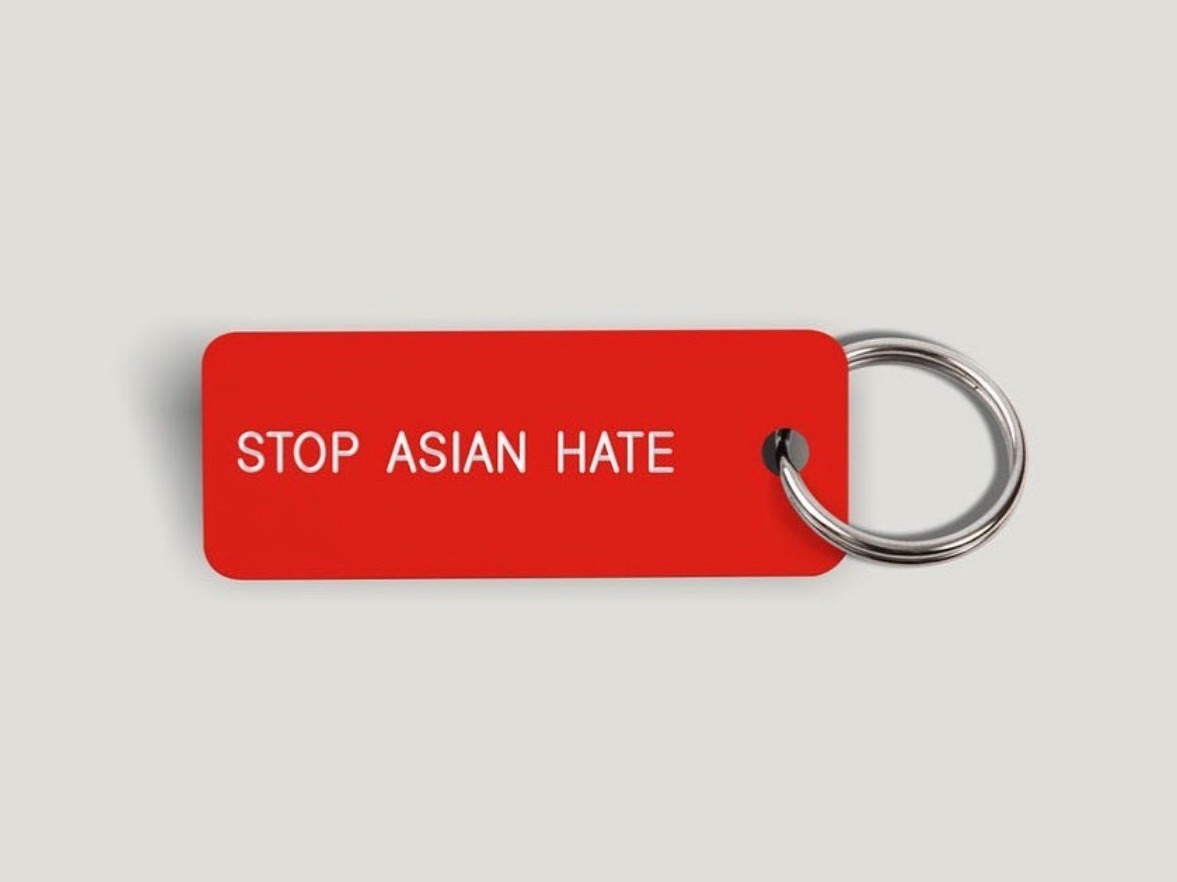
That the list should comprise merely a couple dozen names at the time of writing is significant, considering that the global fashion industry encompasses a robust community of Asians and Asian Americans. For instance, 48 of the 477 members of the Council of Fashion Designers of America identify as Asian, while many of the trailblazers and innovators in the industry are of Asian heritage, such as Rei Kawakubo, Yohji Yamamoto, Issey Miyake, Chitose Abe, Guo Pei, Yoon Ahn, Huishan Zhang and Supriya Lele, to cite but a few. Not to mention the fact that China is on track to claim the largest share of the global luxury market by 2025, with Chinese consumers set to command almost half of all luxury goods spending. Or the fact that the Asia Pacific region accounts for an estimated 75 per cent of the world’s garment workers.
The statistics don’t lie, and if fashion is so dependent on Asian money and manpower, then why is the fashion industry glossing over the issue of anti-Asian racism?
A shameful tradition
It’s no secret that fashion has a race problem. That’s especially true in the case of luxury fashion, which has always been inherently exclusionary. In the past, these brands primarily targeted the privileged class of wealthy, white consumers who could afford the steep prices of their products, thus cementing a link between luxury and a colonialist racial hierarchy. Even now, when brands are tripping over each other to gain a foothold in the Asian markets, their deeply entrenched prejudices persist, bubbling up to the surface from time to time in a clear demonstration of the industry’s “all talk, no action” attitude towards systemic racism.
Dolce & Gabbana
A prime example of this outdated mentality is Dolce & Gabbana. In 2018, the Italian house ignited furore over a series of offensive advertisements released in the lead-up to its runway extravaganza in Shanghai, which showed Chinese model Zuo Ye struggling to eat pizza, spaghetti and cannoli with chopsticks, while a Mandarin-speaking voiceover mansplained how to “properly” eat the dishes. Conveying the not-so-subtle message that although the Chinese may embrace European fashion, they are too unsophisticated to truly appreciate European culture, the videos understandably triggered a major backlash that led to the runway event being cancelled, retailers pulling D&G merchandise off their shelves, and multiple celebrities boycotting the brand.
Adding insult to injury, DMs between Stefano Gabbana and blogger Michaela Phuong were leaked on fashion watchdog Diet Prada’s Instagram page, where the co-founder unleashed a tirade calling China a “country of [five poop emojis]” and “ignorant dirty smelling mafia”. Gabbana claimed his account had been hacked – though his record of racist and sexist remarks meant his excuse was met with scepticism – and the designer duo later posted a public apology on D&G’s official Instagram account. In a fresh plot twist, however, just last week Diet Prada’s Tony Liu and Lindsey Schuyler announced that they had filed a defense of their freedom of speech in response to a lawsuit from D&G, which has reportedly been ongoing since early 2019. Claiming defamation, the lawsuit seeks damages worth €3 million for Dolce & Gabbana and €1 million for Stefano Gabbana. So much for a sincere apology, eh?

Philipp Plein
Then there’s Philipp Plein, whose plans to further expand his eponymous label in China were foiled after netizens pointed out the brand’s racist history. Apparently, back in 2007, Plein thought it would be a good idea to create a t-shirt that read, “F*** YOU CHINA”. Eight years later, when Plein (finally) realised the insult would not sit well with the 1.3 billion people in the country, he attempted to cover up his mistake by stating it was an acronym for the “Fascinating and Urban Collection: Kiss You China”. Needless to say, people didn’t quite buy the farfetched explanation.
The need for a makeover
Of course, being realistic, we don’t expect change to happen overnight. As journalist Amanda Mull so eloquently put it, “the veneration of whiteness and wealth isn’t merely incidental to the global fashion business, but central to its vision and embedded in its practices, from who gets hired to how things are marketed”. As such, it’s not a quick fix but a marathon effort that’s required in dismantling the structural racism in fashion.
However, as the saying goes, the first step in solving a problem is recognising there is one. We can’t just stick our heads in the sand, because pretending that racism doesn’t exist won’t make it go away. Fashion brands, designers and conglomerates need to own up to when, where and how they’ve fallen short – and they can’t stop there, but they must take concrete steps to tackle racism head-on, because actions speak a lot louder than words.
Join the conversations on THG’s Facebook and Instagram, and get the latest updates via Telegram.
